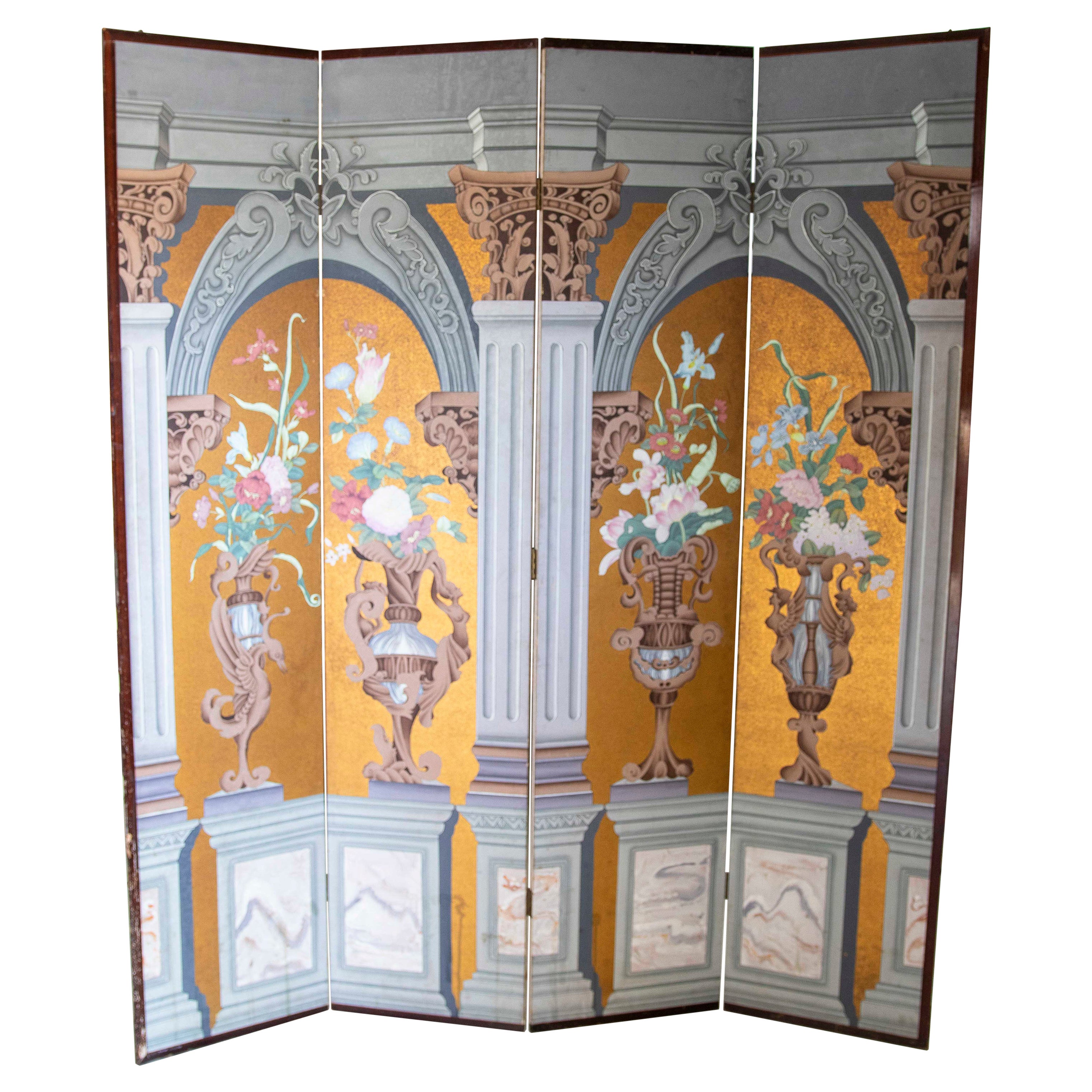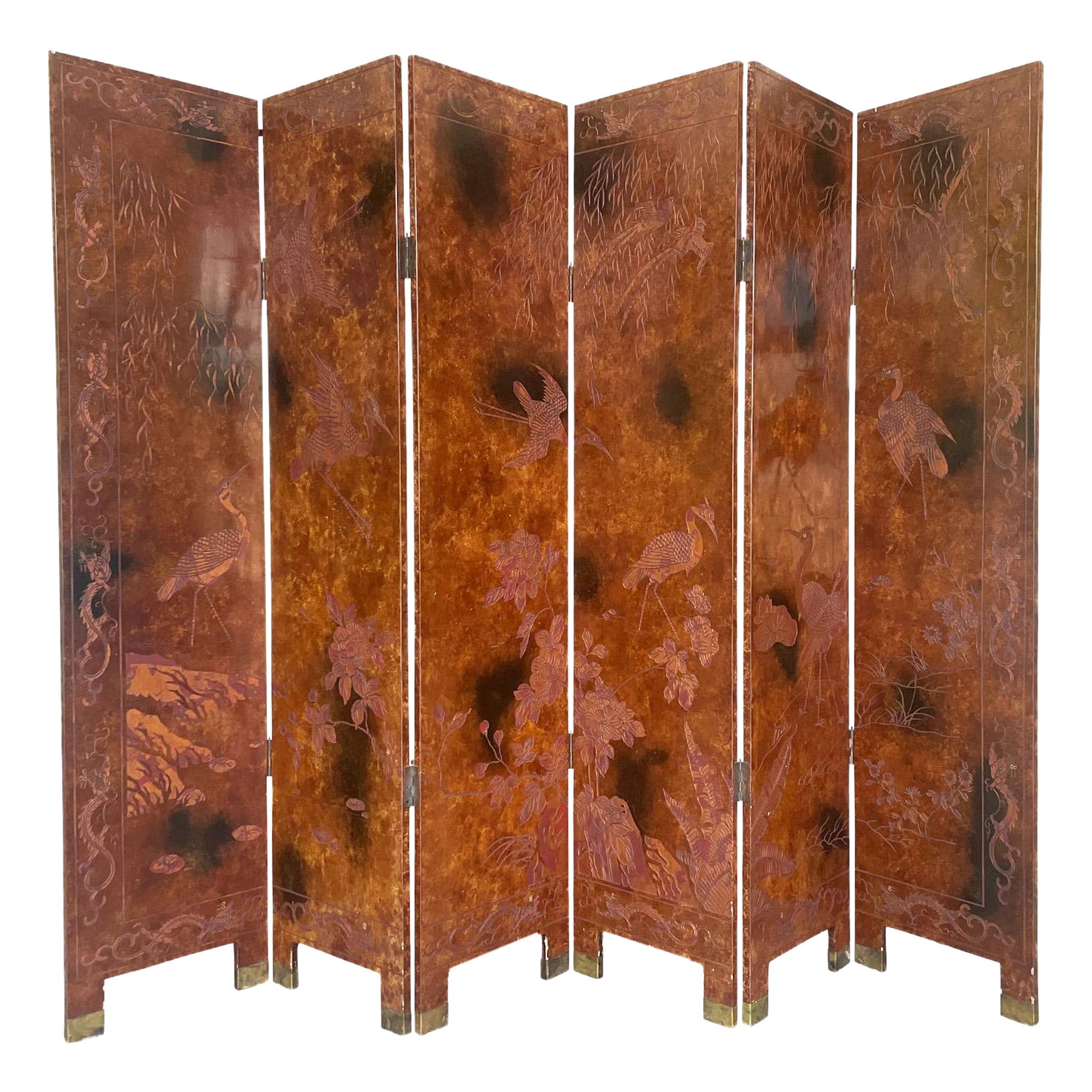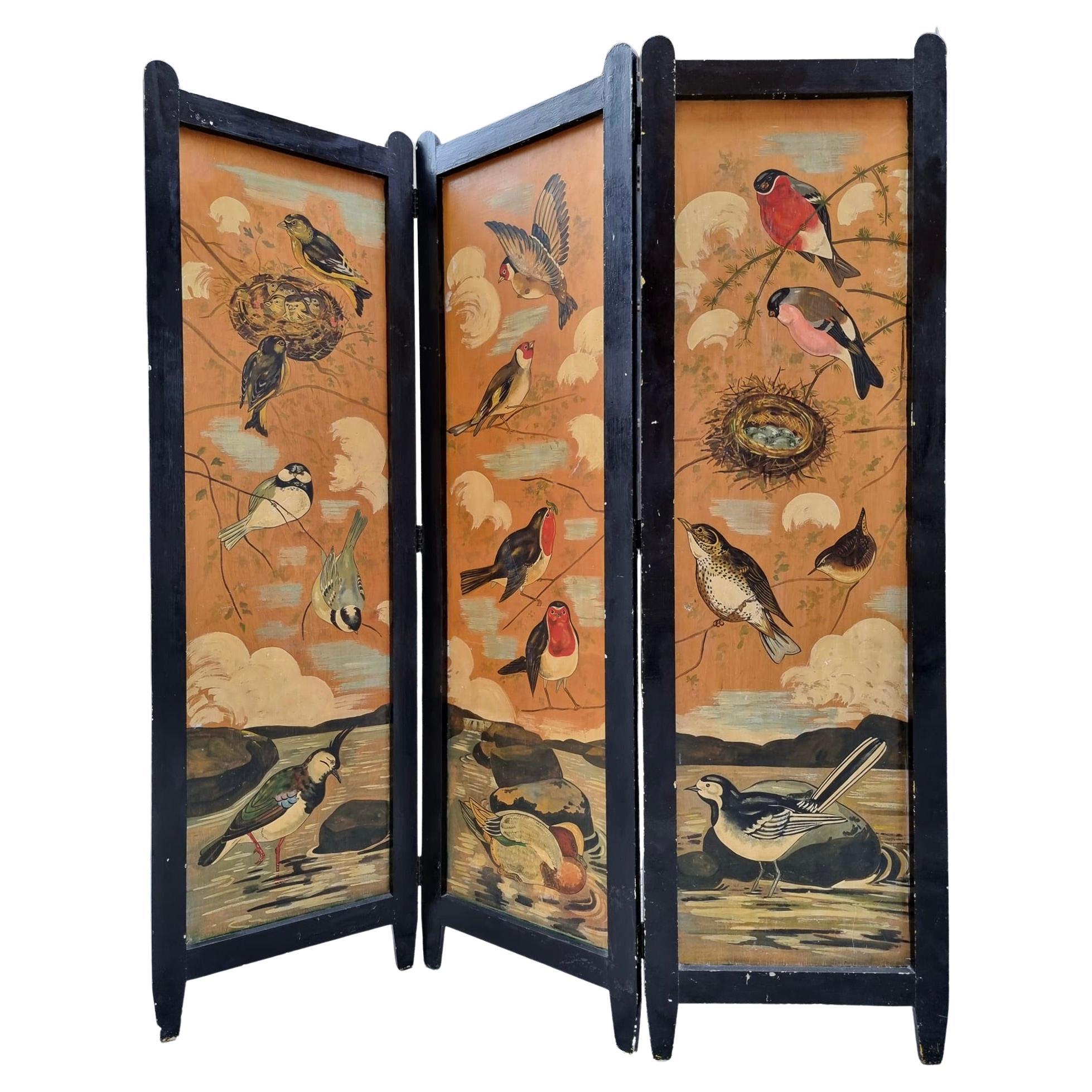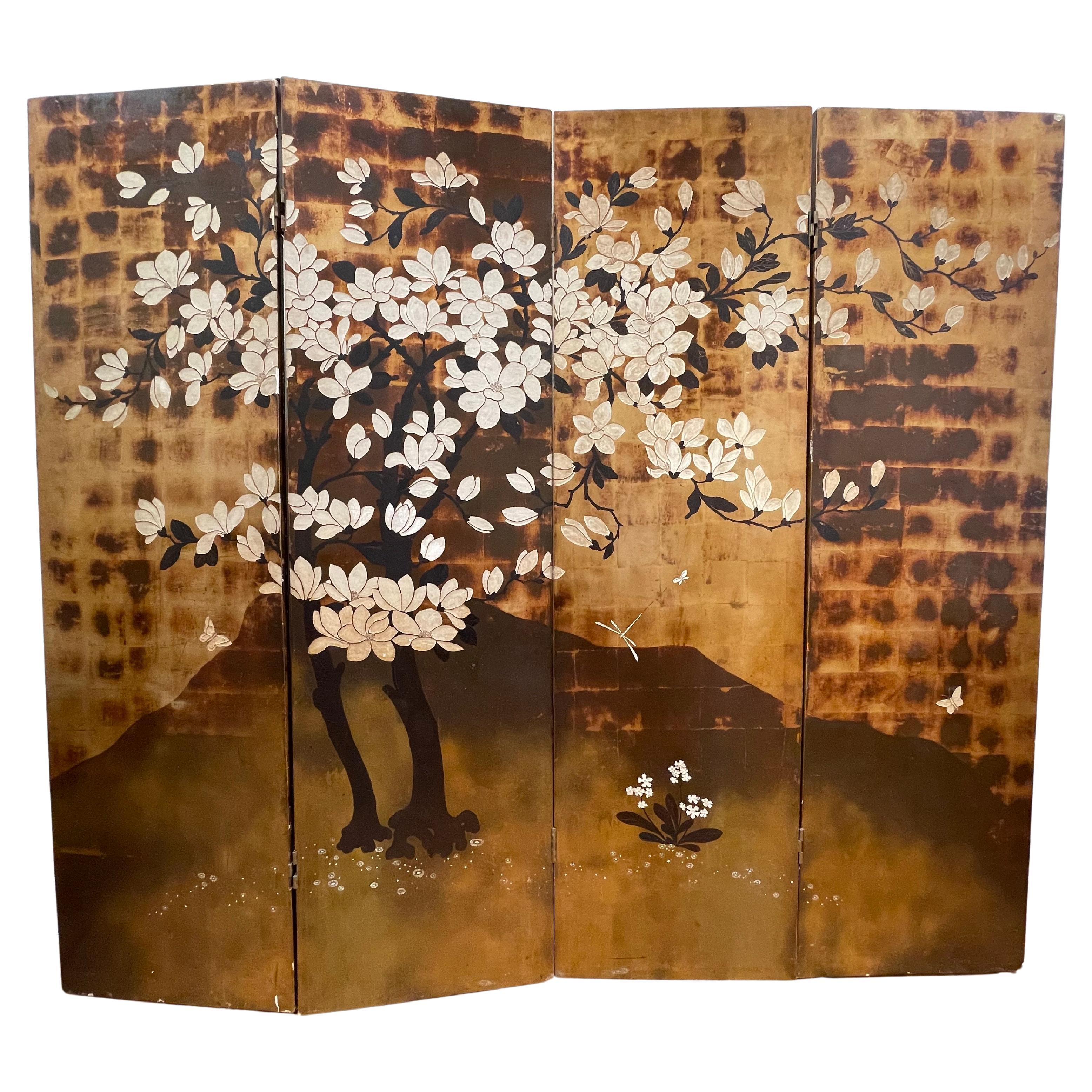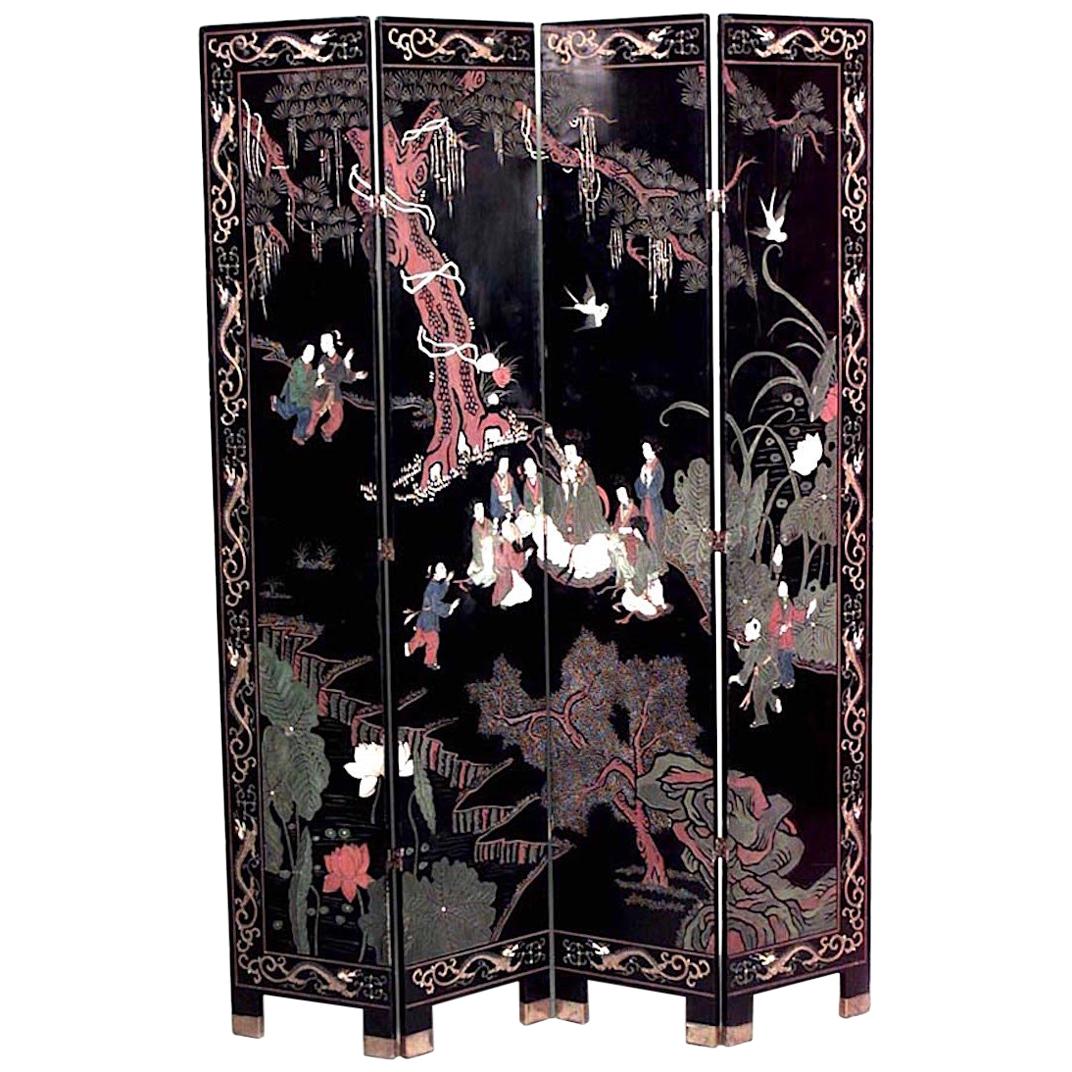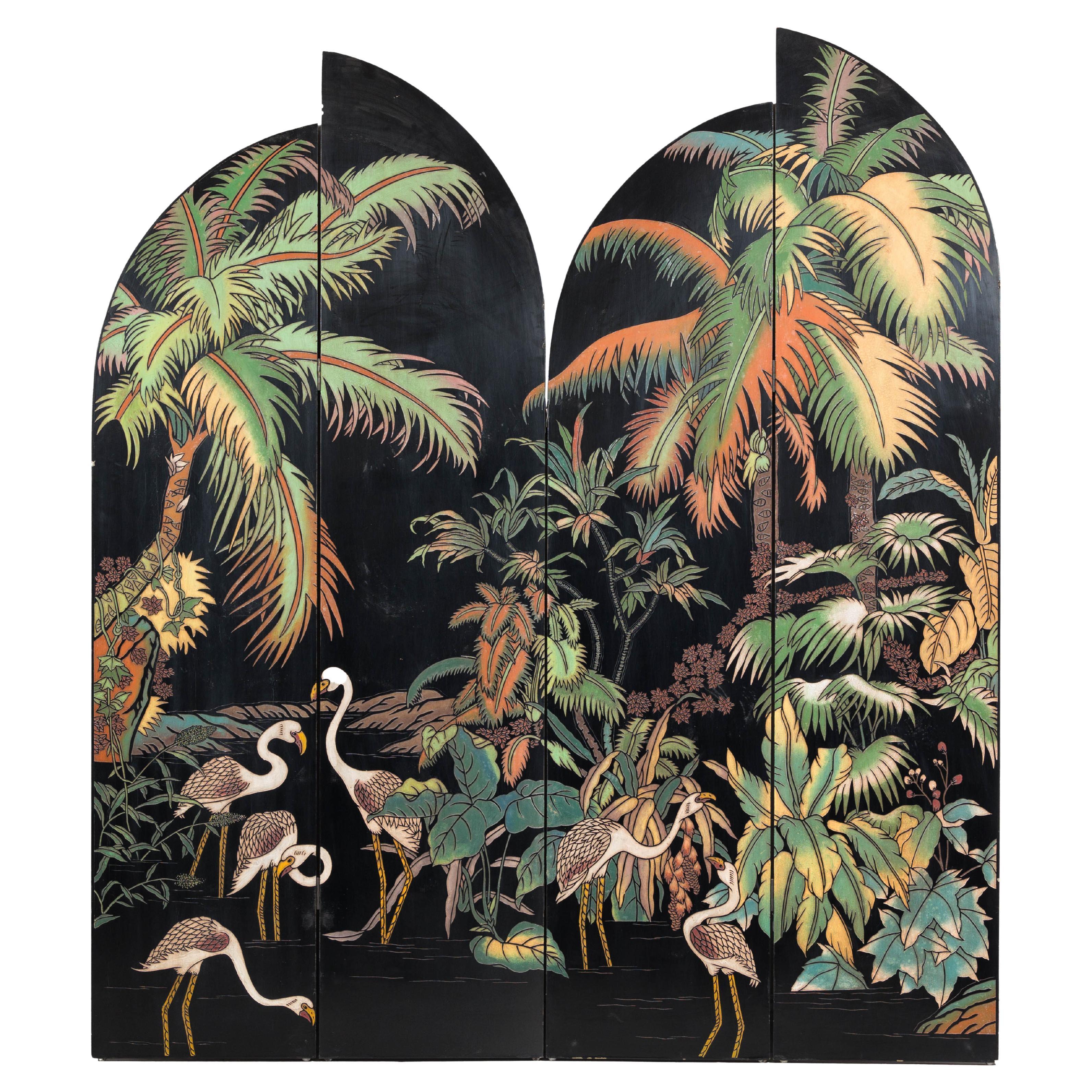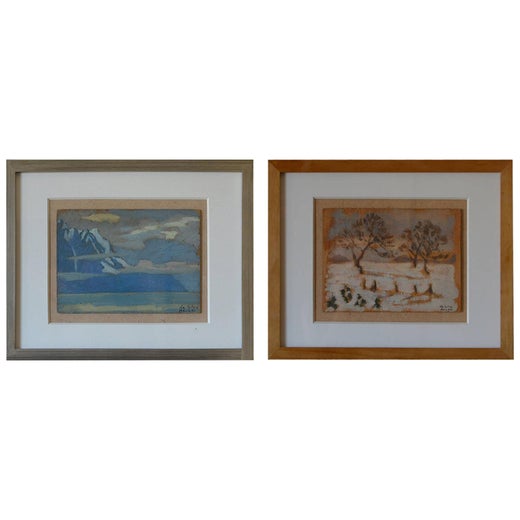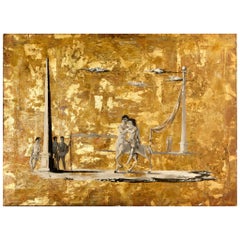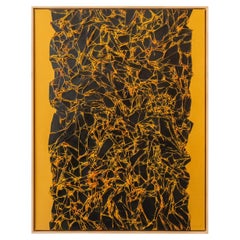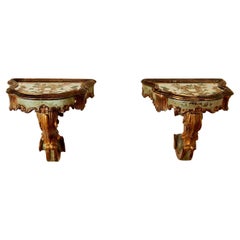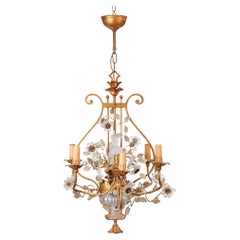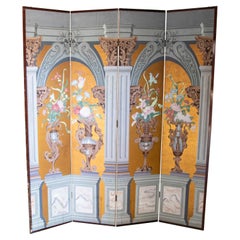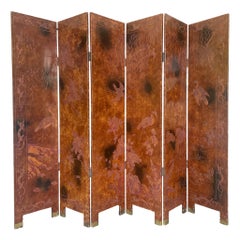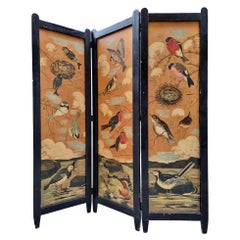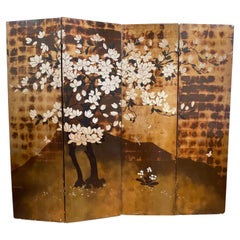Ivan da Silva BRUHNS (1881-1980), screen with two panels, signed and dated.
About the Item
- Creator:Ivan da Silva Bruhns (Artist)
- Dimensions:Height: 54.53 in (138.5 cm)Width: 44.1 in (112 cm)Depth: 1.97 in (5 cm)
- Style:Modern (Of the Period)
- Materials and Techniques:
- Place of Origin:
- Period:
- Date of Manufacture:1922
- Condition:
- Seller Location:Nice, FR
- Reference Number:1stDibs: LU935741593482
Ivan da Silva Bruhns
Painter and rug designer Ivan da Silva Bruhns is widely recognized for his spare but provocative Art Deco–style area rugs and carpets.
Born in 1881 in Paris to Brazilian parents, da Silva Bruhns studied biology and medicine before serving as a doctor during World War I. Following the end of the war, he instead focused on pursuing an artistic career.
During the early 1920s, da Silva Bruhns met several important Art Deco artists of the period, including designer and ensemblier Jules Leleu. He soon developed his own Cubist style in his art — akin to that of Pablo Picasso — which characterized many of his oil paintings.
By the 1920s, da Silva Bruhns became deeply interested in non-Western art, particularly rug weaving traditions and the visually dazzling Berber carpets found in Morocco. He’d first come into contact with Berber textiles at an exhibition of Moroccan art that was staged at the Musée des Arts Décoratifs in Paris, in 1917. Moroccan rugs date back to the Paleolithic era, when Berber tribes, which comprised many different members of an ethnic group native to North Africa, would weave these textiles with intricate images and symbols.
Da Silva Bruhns’s skills in weaving were largely self-taught — he learned about textile artistry by unraveling rugs that were created in the Eastern world in order to study and understand their structure. With time, he eventually mastered the practice of hand-knotting carpets, using the technique associated with the Savonnerie manufactory.
Da Silva Bruhns’s works soon garnered critical acclaim. At the 1925 L’Exposition Internationale des Arts Décoratifs et Industriels Modernes — the large art fair that introduced the Art Deco style to the world — he was awarded a Grand Prix. His rugs were also featured at the Paris Exposition Coloniale. During this period, da Silva Bruhns opened a workshop in Savigny-sur-Orge and had established showrooms in Paris. He partnered with the likes of Emile-Jacques Ruhlmann and Louis Majorelle, and was a designer at Leleu’s firm.
Throughout the 1930s, da Silva Bruhns became known for his decorative rugs. Among his most important commissions was in 1931, when he designed the carpets for Manik Bagh (Jewel Garden) — the Palace of the Maharaja of Indore. By then, his rug designs often featured one or two bright colors, bold lines and sprawling, overlapping geometric patterns. His eye-catching carpets could also be found on several luxury ocean liners such as SS L’Atlantique, SS Ile-de-France and the SS Normandie.
Although the production of da Silva Bruhns’s carpets ceased during World War II owing to a lack of sales, his rare paintings and rugs are highly sought after today by interior designers and collectors of Art Deco design.
On 1stDibs, find a range of antique Ivan da Silva Bruhns rugs and wall decorations.
- ShippingRetrieving quote...Shipping from: Nice, France
- Return Policy
More From This Seller
View AllVintage 1960s French Modern Paintings
Paint
Early 2000s French Mid-Century Modern Paintings
Paper
Antique Early 1900s Italian Modern Demi-lune Tables
Wood, Glass
Vintage 1970s Italian Modern Wall Lights and Sconces
Crystal, Iron
Vintage 1960s Italian Mid-Century Modern Sideboards
Wood
Early 2000s French Mid-Century Modern Paintings
Paint, Paper
You May Also Like
Late 20th Century Spanish Screens and Room Dividers
Silk, Wood, Paper
20th Century Asian Screens and Room Dividers
Wood
Mid-20th Century Belgian Hollywood Regency Screens and Room Dividers
Wood
Vintage 1930s French Art Deco Screens and Room Dividers
Lacquer
20th Century Chinese Export Screens and Room Dividers
Late 20th Century Chinese Screens and Room Dividers
Wood
